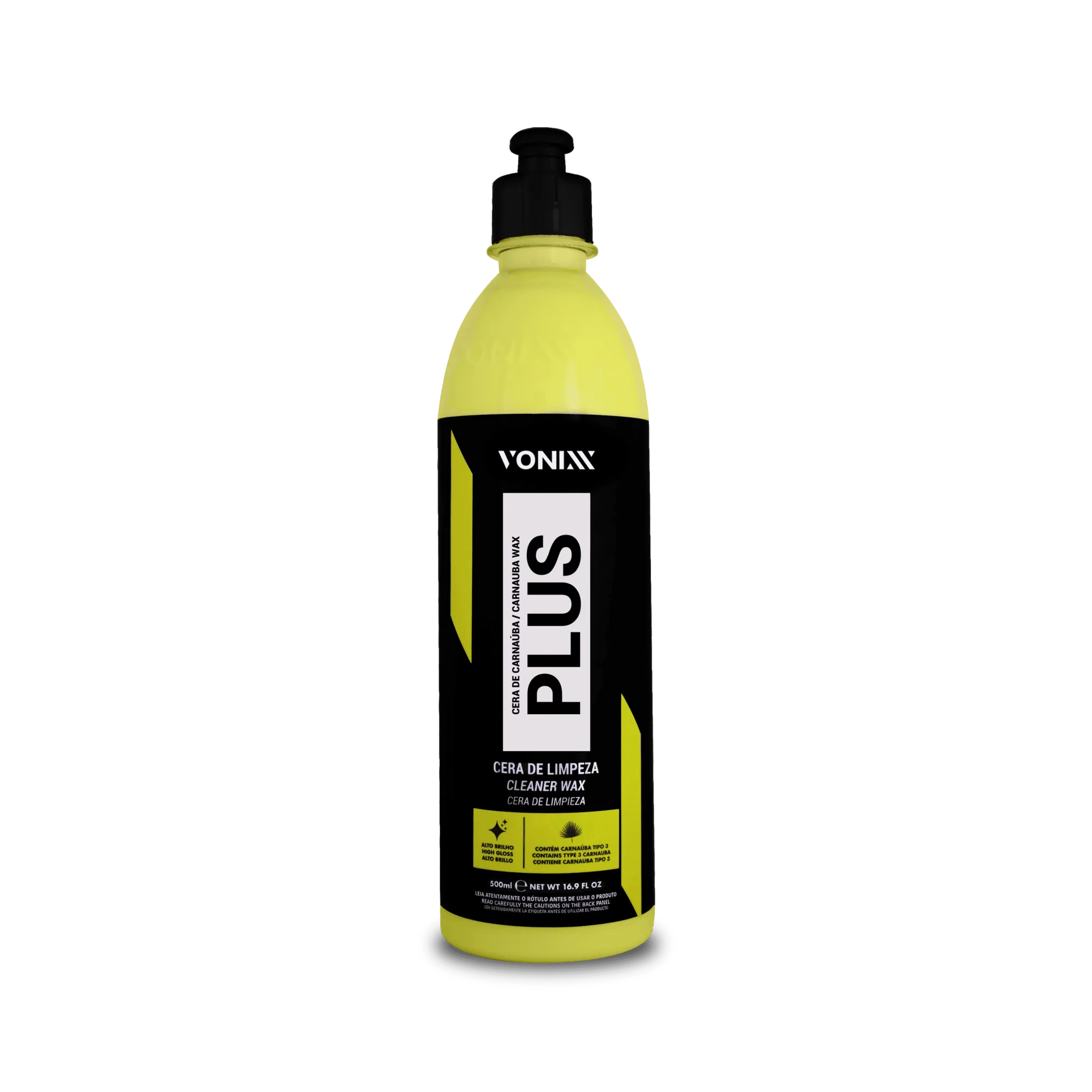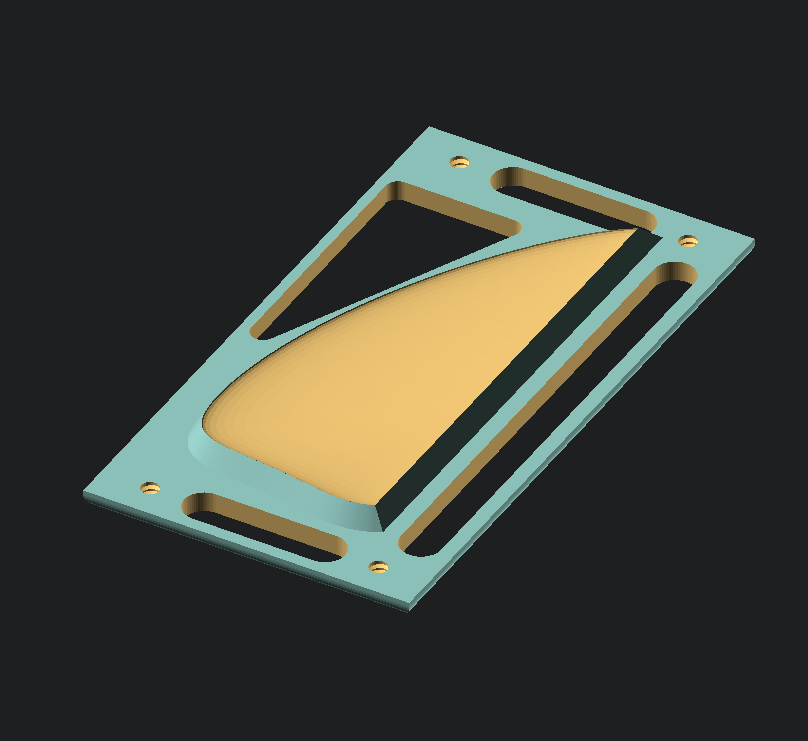Surf Fins
A project to create mold and makes surf fins in Fiber glass
Box
The box is designed using library Fin Base
Kitesurf Fins
Measure models
Open web app at and import it to get the volume.
Volume is 21037 mm3.
To convert 21037 cubic millimeters (mm³) to deciliters (dl), you can use the conversion factor that 1 deciliter equals 100000 cubic millimeters.
Therefore, 21037 cubic millimeters is equivalent to 0.21dl.
Materials
| Volume | Weight | Fiber Load | Résine |
|---|---|---|---|
| 100% | x1.4 | 60% | 40% |
| 21 cm3 | 29.4g | 17.64 g | 11.76 g |
Surf fin 10 inch
| Volume | Weight | Fiber Load | Résine |
|---|---|---|---|
| 100% | x1.4 | 60% | 40% |
| 207 cm3 | 290g | 174 g | 116 g |
Pin
The pin slides into a groove in the US Box fin slot, allowing the fin to move forward or backward to adjust the fin's position for different conditions or board feel.
US Box require a pin of diameter 4.76mm (3/16 inch) per L 14.28 mm (9/16inch)
Screw
The screw for securing single fins is often 10-32 x ¾” (or 5mm x 19mm). It's usually a slotted screw designed to go through the fin and into the square plate.
- Stainless Steel Longboard Fin Screw & Plate
- 3/6Pcs Stainless Steel Surfboard Fin Screw M4 Surf R$30.39
- Copper Pin for 6.5/8/9/9.5/10/12 Inch Surf Fin SUP Fin Water Sports R$ 19.22 + 25.73
Square Washer (Plate)
Dimensions: Commonly about ½” x ½” (or 14mm x 14mm), with a thickness of about 0.15" (4mm). This plate spreads the load of the screw over a larger area, ensuring a secure hold.
Required Material
- Durcisseur : Correspondant à la résine choisie.
- Fibre de verre : Tissus de fibre de verre : Différents grammages, comme le roving (tissé) pour la solidité et le mat pour l'imprégnation.
- Fibre de carbone : Tissus de fibre de carbone : Pour des pièces plus légères et très résistantes.
- Résine époxy : Choisissez selon les propriétés mécaniques et la température de travail. Il est préférable d'utiliser une résine époxy de bonne qualité pour des pièces finies robustes.
- Wax (Vonixx Carnauba Plus) R$30

- Pinceau Tigre Simples R$3.20
Required Tools
- Gants et masques : Pour la sécurité, car les résines époxy sont toxiques.
- Scellants et cires de démoulage : Pour faciliter le démoulage et éviter que les pièces ne collent au moule.
- Ciseaux ou coupe-couteau : Pour découper les tissus de fibre.
- Pinceaux ou rouleaux : Pour appliquer la résine.
- Système de dégazage : Optionnel, pour éliminer les bulles d'air dans la résine, améliorant la qualité du composite.
- Seringue


